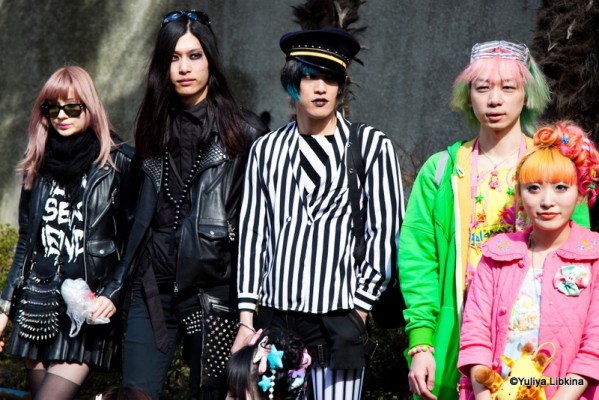Complexity science explains why efforts to reject the mainstream merely result in a new conformity.

Despise anything that is “too mainstream”? Want to make a countercultural statement with an alternative style? Your one-of-a-kind look often ironically ends up pretty much the same as your counterculture peers. Intrigued by this counterintuitive phenomena, mathematician Jonathan Touboul at Brandeis University in Massachusetts breaks the problem down by studying how transmission of information through society influences people’s behaviour.
Time is needed for each individual to detect changes in society and react accordingly. While the propagation delay varies among individuals, it is crucial. Touboul’s research focuses primarily on a society with conformists copying the majority and anti-conformists rebelling against it. He then creates a computer model that stimulates how these agents interact. Start out acting randomly, anti-conformists then always undergo a phase transition into a synchronised state, with each other in opposing the mainstream. Depending on how the anti-conformists interact with the mainstream, the behaviour can become extremely complex. Nonetheless, it is an inevitable result of large populations to create some kind of conformity, even when you set out to go against the norm.
So much for teasing hipsters and e-girls, this research has more than mere meme value. Delays in the propagation of information play an important role in many other areas, such as understanding synchronisation of nerve cells, investment strategies in finance, or emergent dynamics in social science.





